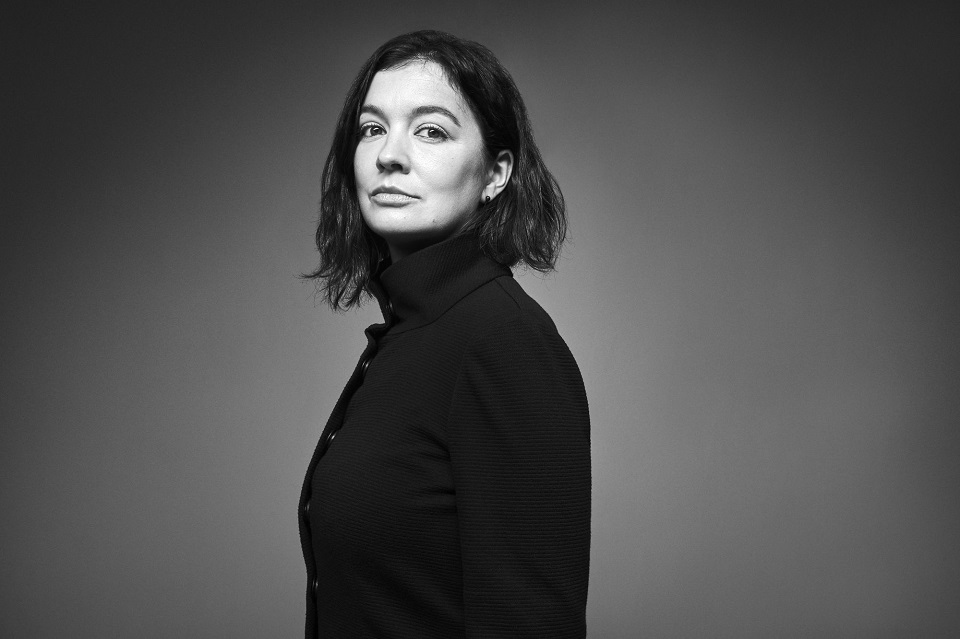Romania is getting better: 350,000 sqm of new hospitals projected by TESSERACT in 2024, with a total investment of over 750 million EUR

Romania is taking steps forward in the development and modernization of hospital infrastructure. By the end of 2024, TESSERACT ARCHITECTURE, the only studio specializing in the medical segment in Romania, signs more than 350,000 sqm of medical spaces, ranging from consulting services, feasibility studies or technical documentation. Of these, about 50,000 sqm are already in the execution stage, with a large part to be started in 2025.
The new hospital projects mark a significant step forward in modernizing the Romanian healthcare system, with total investments in TESSERACT projects in 2024 exceeding 750 million EUR (including construction budgets).
“A new chapter in hospital construction began in the second half of last year, with the launch of the National Program for Investments in the Infrastructure of Hospital Units (PNIIUS). The program provides funding for essential projects aimed at improving the country’s medical infrastructure – projects that we hope will include our major developments, such as the Sibiu County Hospital and Focsani County Hospital.
Beyond modernizing existing medical facilities, this program also focuses on building new hospitals that meet the needs of local communities. Investments in healthcare are essential for ensuring an efficient and accessible medical system, and these projects will significantly enhance the quality of medical services available to patients”, says Arch. Raluca Șoaita, Founder of TESSERACT ARCHITECTURE.
In 2024, 85% of TESSERACT ARCHITECTURE’s medical projects were dedicated to public hospitals while 15% consisted of hospitals, clinics and other medical facilities for the private healthcare system. These projects have been geographically diverse, spanning Bucharest, as well as major cities, such as Focsani, Brasov, Timisoara, Arad, Odorheiu Secuiesc, Tg. Mures, Sibiu, Craiova, along with developing regions such as Galati, Teleorman, Iasi, Constanta etc.
Among the recently launched or completed hospital projects byTESSERACT ARCHITECTURE are the expansion of the Tecuci Municipal Hospital with a new critical care wing and the construction of a new building for the Institute of the Heart in Târgu Mureș.
New trends in hospital design focus on creating environments that meet the real needs of patients, the ultimate beneficiaries of these institutions, while also prioritizing the well-being of the medical staff, who play a key role in the care process. In this context, the integration of natural, emotional elements and the idea of familiarity becomes crucial to promote not only the recovery of patients, but also the well-being of their caregivers.
At the Focsani County Hospital, the TESSERACT team of architects have placed nature at the center of the design, adopting the concept of biophilia. This approach allows patients to remain connected with the natural environment and the outdoors, thus contributing to increased psychological comfort. Spaces are designed to inspire tranquility and create a subtle yet constant connection with the natural elements integrated in the facades of the buildings, providing patients with a sense of well-being during treatment.
At the new Municipal Hospital of Tecuci, familiarity was a central aspect of the design. Applying principles of neuro-architecture, the team of architects introduced elements that resonate with patients – from a carefully selected color palette to the integration of natural elements.. This design strategy allows patients to associate the hospital environment with calm and safety, reducing anxiety and emotional discomfort. A familiar and comforting setting also supports healthcare staff, facilitating their work and improving their well-being.
A similar approach was adopted for the cardiovascular surgical center of the Emergency Institute for Cardiovascular Diseases and Transplantation in Targu Mures. Here, neuroarchitecture and biophilic design principles continue to be applied, demonstrating how architecture can provide significant benefits for both patients and medical staff. Thus, the spaces are not only functional, but also become an emotional and psychological support for all who use them, contributing to a healthy and stimulating working environment.
An outstanding example of the new trends in hospital design is the Marie Curie medical campus in Bucharest, an ambitious project involving multiple expansion phases and interventions on existing buildings.. This project not only aims to modernize the infrastructure, but also to implements innovative energy efficiency solutions in order to achieve international certifications. Within this campus, efficiency has been approached from a comprehensive perspective, integrating both advanced technical solutions and work process optimization. ” Our focus is on leveraging cutting-edge technologies to reduce energy consumption and minimize environmental impact while ensuring an efficient, comfortable, and healthy workspace for both medical professionals and patients,,” says Arh. Raluca Soaita.
A key aspect of this project is the active involvement of hospital staff in the design process. By working closely with the medical teams, we ensure that the proposed solutions respond to the real needs of the users, thus contributing to an optimal environment for care. This participatory approach not only improves the efficiency of work processes, but also increases staff satisfaction, the architects emphasize.
TESSERACT ARCHITECTURE is currently working on more than 40 medical, commercial and residential projects and is the only studio specialized in the medical segment in Romania. TESSERACT’s architects have signed so far almost 1.5 million square meters of medical projects, and among the major hospitals designed by the architectural studio are the Children’s Hospital built by the Daruieste Viata Association at “Marie Curie”, the County Hospitals of Sibiu, Buzau, Tulcea, the Heart Institute in Targul Mures, the first modular hospitals in Romania for the care of patients with Covid-19, as well as numerous private hospitals and clinics projects in different locations in the country. The TESSERACT team consists of more than 200 architects and collaborators with complementary specializations, such as specialists in resistance, medical installations, epidemiologists, medical equipment experts, psychologists, sociologists, etc.















